What’s the Israel-Palestinian conflict about? The origin of wars explained
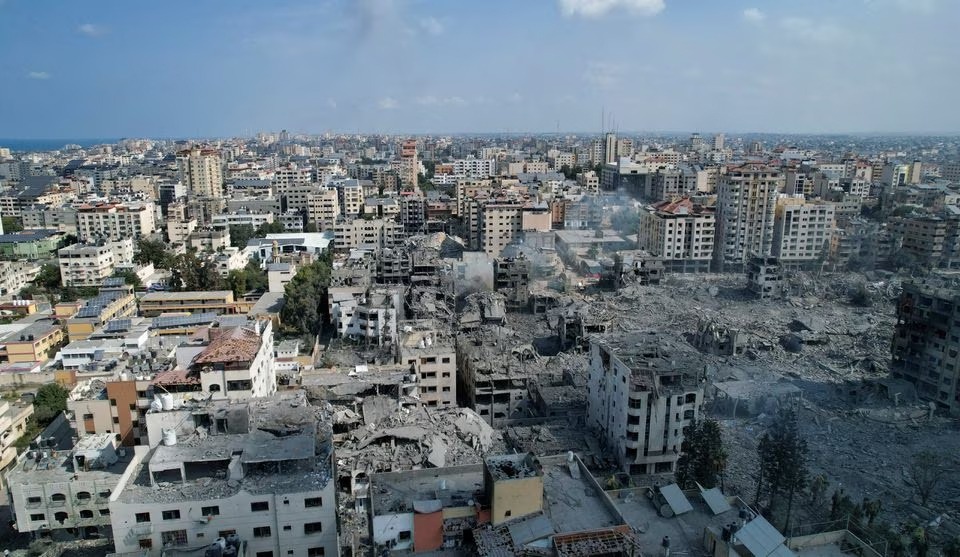
REUTERS – The fighting between Israel and Hamas, which launched a surprise attack on Saturday, is the latest in seven decades of war and conflict between Israelis and Palestinians that has drawn in outside powers and destabilised the wider Middle East.
WHAT ARE THE ORIGINS OF THE CONFLICT?
The conflict pits Israeli demands for security in what it has long regarded as a hostile region against Palestinian aspirations for a state of their own.
Israel’s founding father David Ben-Gurion proclaimed the modern State of Israel on May 14, 1948, establishing a safe-haven for Jews fleeing persecution and seeking a national home on land to which they cite deep ties over generations.
Palestinians lament Israel’s creation as the Nakba, or catastrophe, that resulted in their dispossession and blocked their dreams of statehood.
In the war that followed, some 700,000 Palestinians, half the Arab population of what was British-ruled Palestine, fled or were driven from their homes, ending up in Jordan, Lebanon and Syria as well as in Gaza, the West Bank and East Jerusalem.
Israel, a close U.S. ally, contests the assertion it drove Palestinians from their homes and points out it was attacked by five Arab states the day after its creation. Armistice pacts halted the fighting in 1949 but there was no formal peace.
Palestinians who stayed put in the war today form the Arab Israeli community, making up about 20% of Israel’s population.
WHAT MAJOR WARS HAVE BEEN FOUGHT SINCE THEN?
In 1967, Israel made a pre-emptive strike against Egypt and Syria, launching the Six-Day War. Israel has occupied the West Bank, Arab East Jerusalem, which it captured from Jordan, and Syria’s Golan Heights ever since.
In 1973, Egypt and Syria attacked Israeli positions along the Suez Canal and Golan Heights, beginning the Yom Kippur War. Israel pushed both armies back within three weeks.
Israel invaded Lebanon in 1982 and thousands of Palestinian fighters under Yasser Arafat were evacuated by sea after a 10-week siege. In 2006, war erupted in Lebanon again when Hezbollah militants captured two Israeli soldiers and Israel retaliated.
In 2005 Israel quit Gaza, which it had captured from Egypt in 1967. But Gaza saw major flare-ups in 2006, 2008, 2012, 2014 and 2021 that involved Israeli air raids and Palestinian rocket fire, and sometimes also cross border incursions by either side.
As well as wars, there have been two Palestinian intifadas or uprisings between 1987-1993 and again in 2000-05. The second saw waves of Hamas suicide bombings against Israelis.
WHAT ATTEMPTS HAVE THERE BEEN TO MAKE PEACE?
In 1979, Egypt and Israel signed a peace treaty, ending 30 years of hostility. In 1993, Israeli Prime Minister Yitzhak Rabin and Arafat shook hands on the Oslo Accords on limited Palestinian autonomy. In 1994, Israel signed a peace treaty with Jordan.
The Camp David summit of 2000 saw President Bill Clinton, Israeli Prime Minister Ehud Barak and Arafat fail to reach a final peace deal.
In 2002, an Arab plan offered Israel normal ties with all Arab countries in return for a full withdrawal from the lands it took in the 1967 Middle East war, creation of a Palestinian state and a “just solution” for Palestinian refugees.
Peace efforts have been stalled since 2014, when talks failed between Israelis and Palestinians in Washington.
Palestinians later boycotted dealings with the administration of U.S. President Donald Trump since it reversed decades of U.S. policy by refusing to endorse the two-state solution – the peace formula that envisages a Palestinian state established in territory that Israel captured in 1967.
WHERE DO PEACE EFFORTS STAND NOW?
The administration of U.S. President Joe Biden has focused on trying to secure a “grand bargain” in the Middle East that includes normalisation of relations between Israel and Saudi Arabia, custodian of Islam’s two holiest shrines.
The latest war is diplomatically awkward for Riyadh as well as for other Arab states, including some Gulf Arab states next to Saudi Arabia, that have signed peace deals with Israel.
WHAT ARE THE MAIN ISRAELI-PALESTINIAN ISSUES?
A two-state solution, Israeli settlements, the status of Jerusalem, and refugees are at the core of the dispute.
Two-state solution: an agreement that would create a state for the Palestinians in the West Bank and Gaza Strip alongside Israel. Hamas rejects the two-state solution and is sworn to Israel’s destruction. Israel has said a Palestinian state must be demilitarised so as not to threaten Israel.
Settlements: Most countries deem Jewish settlements built on land Israel occupied in 1967 as illegal. Israel disputes this and cites historical and Biblical ties to the land. Their continued expansion is among the most contentious issues between Israel, the Palestinians and the international community.
Jerusalem: Palestinians want East Jerusalem, which includes sites sacred to Muslims, Jews and Christians, to be the capital of their state. Israel says Jerusalem should remain its “indivisible and eternal” capital. Israel’s claim to the eastern part of Jerusalem is not recognised internationally. Trump recognised Jerusalem as Israel’s capital – without specifying the extent of its jurisdiction in the disputed city – and moved the U.S. embassy there in 2018.
Refugees: Today about 5.6 million Palestinian refugees – mainly descendants of those who fled in 1948 – live in Jordan, Lebanon, Syria, the Israeli-occupied West Bank and Gaza. About half of registered refugees remain stateless, according to the Palestinian foreign ministry, many living in crowded camps.
Palestinians have long demanded that refugees should be allowed to return, along with millions of their descendants. Israel says any resettlement of Palestinian refugees must occur outside of its borders.












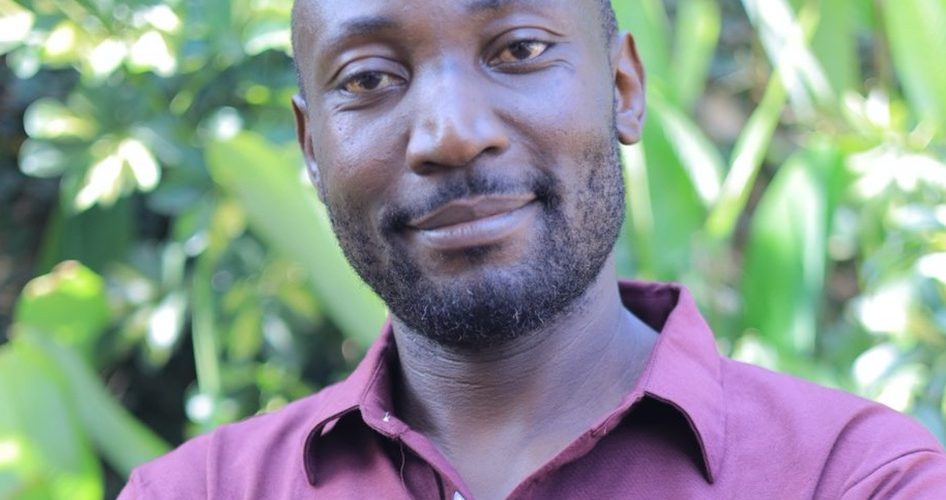

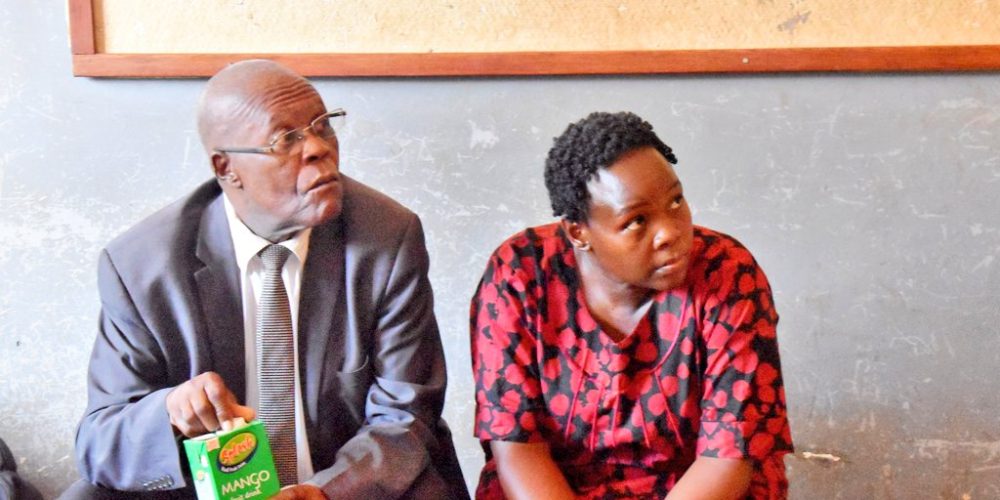



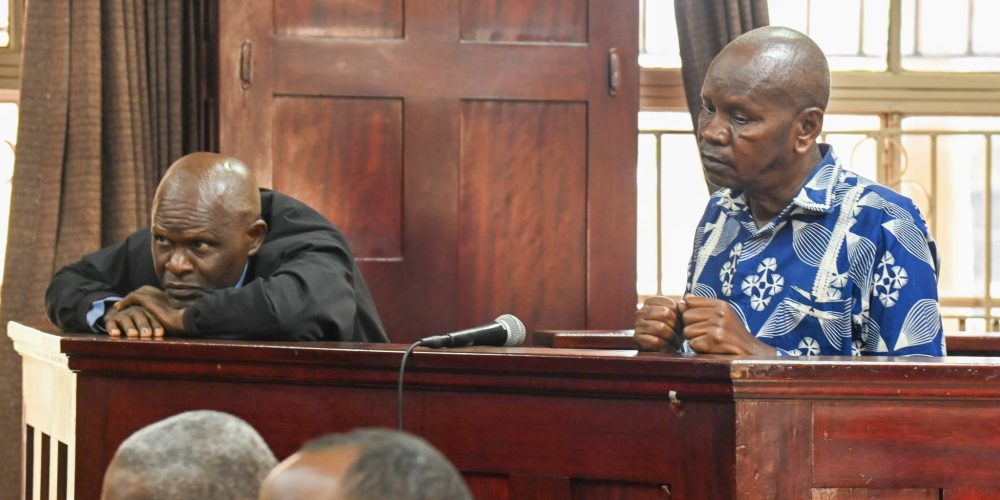
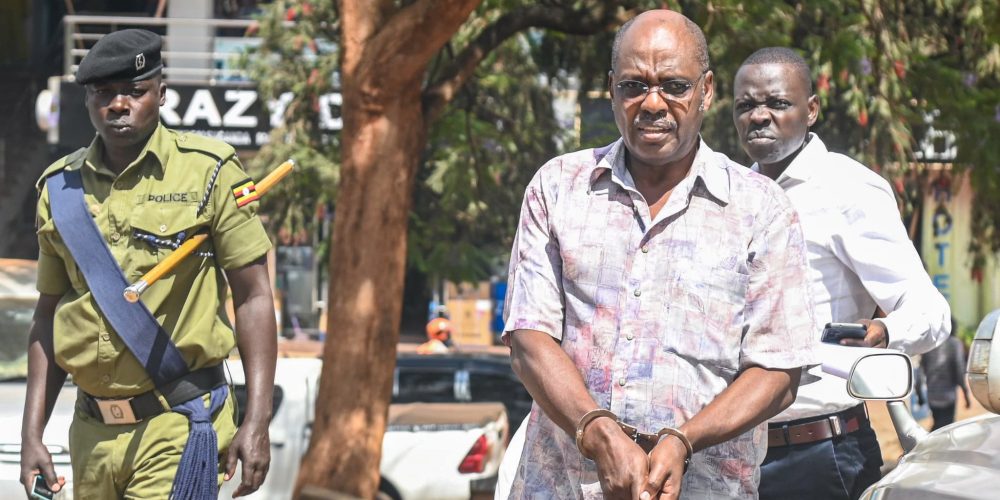


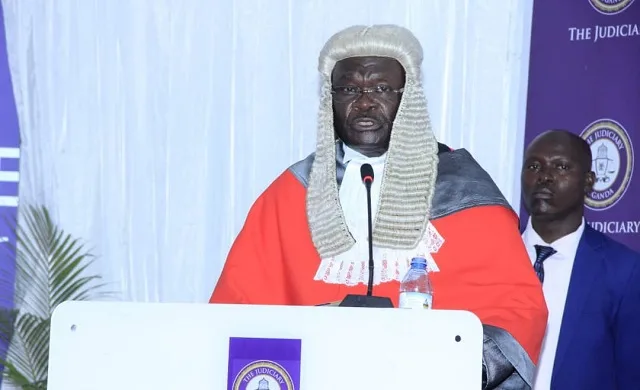

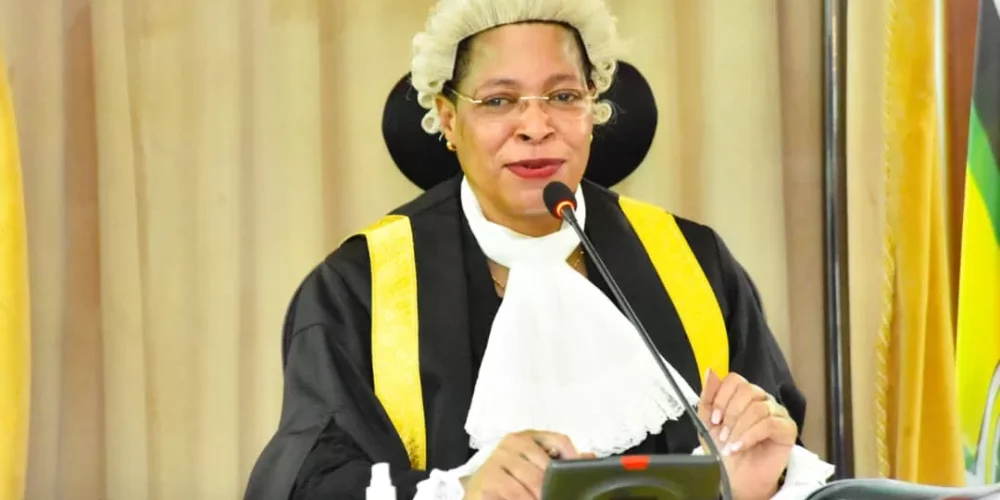







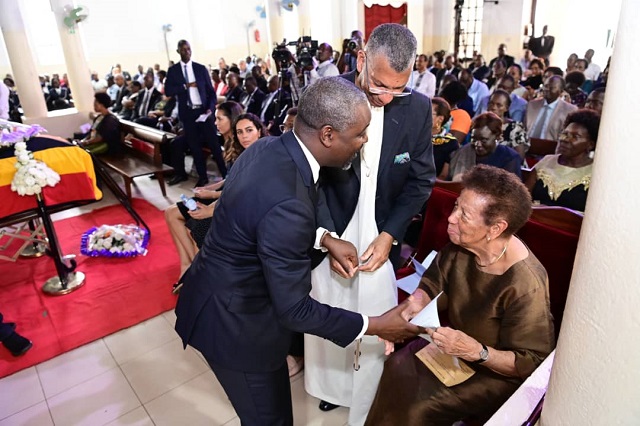

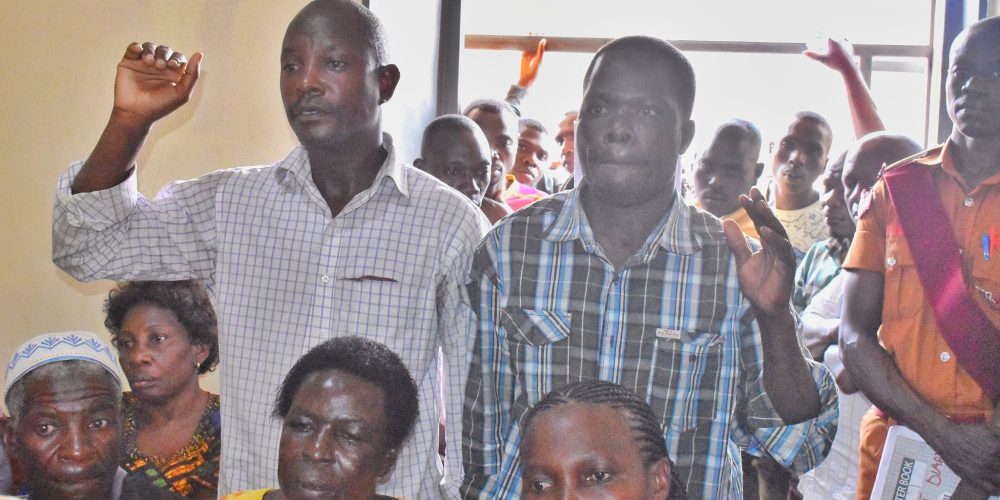

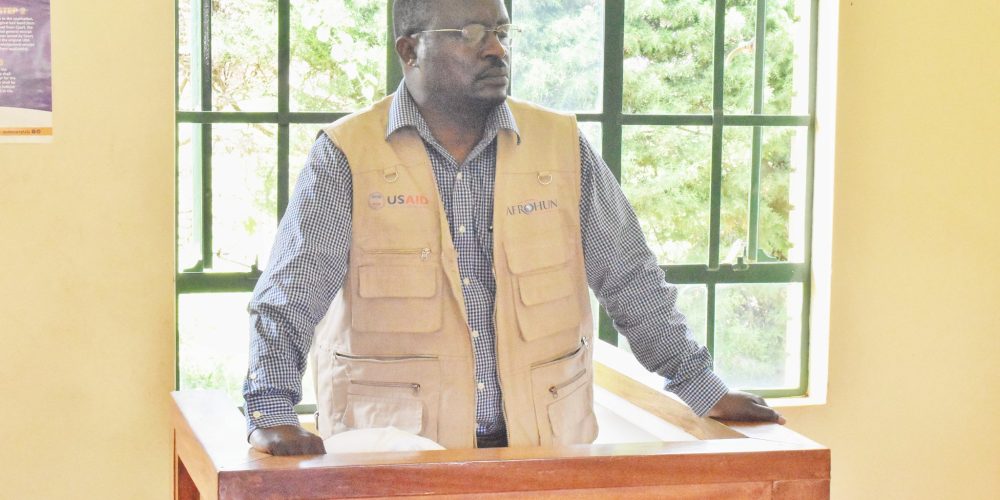
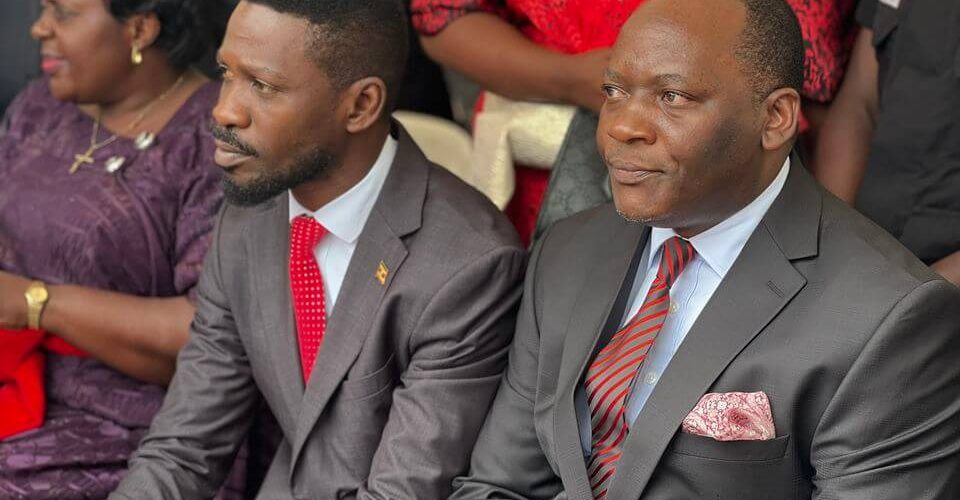

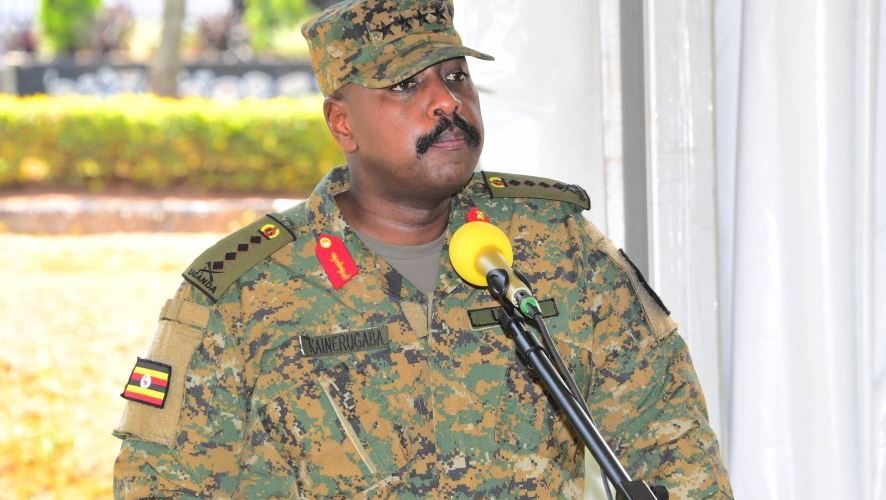



wwydci
You may even notice your capability to work out more durable and longer increases as a result of significant boost to nitrogen retention and blood flow that Dianabol offers.
The substantial profit is that Dianabol works quickly, and using it
firstly of a bulking cycle offers the ultimate increase to your cycle.
This timeframe additionally reduces unwanted effects, though this will
heavily rely upon what compounds you’re using. Medium cycles restrict you from making the positive aspects you want throughout these few weeks, so you’ll be pretty restricted to faster-acting compounds.
A rich materials in meanings and variations of these meanings is
critical to have the ability to attain the essential description of
the phenomenon. In the evaluation process,
however, we concentrate on the phenomenon, which signifies that the analysis is
not subject-orientated, however phenomenon-orientated.
In different words, we seek for meanings within the experiences collected,
that represent the phenomenon. The essence presents the meanings of the phenomenon on an summary
and basic stage. Thus, the entire result of the research describes the
phenomenon in a common sense, which isn’t solely
related to the informants in the research. In order
to find the important meaning of the phenomenon, the analysis work should be carried out with a reflective and bridling perspective according to the RLR method (Dahlberg et al., 2008).
In our expertise, sure, Winstrol generally causes some form of masculinization. It’s
one of many most-researched and safest supplements for both women and men. Common psychological monitoring and open dialogue with a coach or clinician are necessary for managing these dangers.
The dosage and cycle depend on for what objective you are utilizing steroids and with whom
you stack. When you choose the right stack with the correct
dosage, it will give you super outcomes when it comes to bodybuilding.
It is important to use protection and carry out PCT to avoid numerous unwanted side effects.
The closest legal complement for females to anabolic steroids is Anavarol.
Typically, this shall be faster-acting esters, with Testosterone
Cypionate taking longer to depart the physique, so side effects recede faster.
No Matter your goals are, your Testosterone Cypionate can be tailor-made to satisfy them,
and this is a steroid that’s considered one of the
safest to use at bodybuilding doses the place muscle gain is the main aim.
Regardless of your experience degree, the really helpful
dosage frequency is twice weekly injections
to maximize and maintain your blood ranges of the steroid.
Clen has powerful fat-burning properties and provides an additional kick to a
cutting or contest prep cycle for girls with
out the priority of the unwanted side effects that a lady would expertise with other steroids.
At its most simple, Anavar is almost always stacked with Testosterone for hormone alternative functions.
This will be at a low dose, where the testosterone won’t contribute much to your efficiency.
However to take it a step additional, raising your Testosterone dose can bring about highly effective anabolic effects with muscle and strength gains.
Nonetheless, extra superior users will go additional than this, using
a quantity of other compounds at performance-enhancing doses alongside Anavar.
Moreover, think about incorporating fat-burning workout routines into your routine.
Guarantee the utilization of a Testosterone and steroids bodybuilding base to achieve sufficient estradiol conversion. Whereas extra estradiol could cause water retention and
joint damage, having the correct amount is crucial for joint energy and lubrication. Ceasing steroid
use if any issues are detected is the best way to maintain you safe while biking steroids.
You can retry injecting the same anabolic (test in our case)
or one other comparable compound. Even if their aim isn’t simply to shed pounds, but also
build up lean muscle mass; we doubt there are any who’d want to endure any of the above unwanted effects.
This is even more true if girls are wanting to use steroids to shed pounds,
as steroids are mainly based round male intercourse
hormones i.e. they imitate testosterone.
Anavar enhances metabolic price and lipolysis15; this makes Anavar a particularly highly effective fat-burning
steroid where energy and saved physique fats are efficiently
utilized as power. Your metabolic price will enhance, and
you can see burning fat quicker and more efficient.
Naturally, your food regimen ought to assist fat loss, which can at all times be the case on a slicing cycle.
Clomid or Nolvadex are additionally considered sufficient for Primobolan PCT, with this steroid not requiring the addition of hCG,
which is usually wanted for more highly effective steroids.
However, suppose your cycle does include more potent anabolic steroids Deca (missioncrossfitsa.com) steroids with higher testosterone-suppressive effects.
It is a spinoff of dihydrotestosterone (DHT), which makes Winstrol just like testosterone.
Importantly, Winstrol is taken into account to have
a extra highly effective anabolic to androgenic effect compared with testosterone.
Novices generally take Anavar, an oral compound, because of
its decreased toxicity compared to different steroids. Whereas trenbolone is a severely toxic injectable, mostly administered by advanced steroid users.
As with all results from this slower-acting steroid, it’ll take time for endurance advantages to be
felt. Nevertheless, once they’re, you’ll shortly discover that your earlier
limits could be pushed via simply, increasing your workout
depth. Due to the hyperlink between high cholesterol and high
blood pressure, the latter must be monitored whereas using
Testosterone Enanthate. Higher cholesterol results in the guts needing to work more durable to pump blood, raising blood strain. Mixed with the blood pressure improve that can be brought on by
fluid retention, when using Testosterone Enanthate, you’re likely to see a minimum
of some stress to your general cardiovascular system.
As an injectable steroid, Testosterone Enanthate doesn’t bypass the liver like oral steroids do.
This makes it a steroid that doesn’t pose a threat to the liver
and shouldn’t cause stress.
Both of those steroids are wonderful for bulking, however
they’ve their own unique benefits and disadvantages. In this text, we’ll take a glance at the
differences between Sustanon and test e, so that you
simply can make an informed choice about which one is best for you.
The shelf life of Testosterone Enanthate is four days at peak occasions, for a complete
of 10 days. Testosterone enanthate should be injected every 3 days to maintain testosterone ranges
fixed. Use of testosterone enanthate has been shown to considerably increase intensity within 6-12
weeks of administration (2, 9), however it’s not known whether or not ergogenic effects are evident within 6 weeks.
Additional study was carried out on the time-dependent convergence of
the radius of gyration (Rg), which describes the
structural traits of simulated ensembles.
The time of day just isn’t as important as maintaining
consistency with injection days. Nonetheless, once you start adding exogenous testosterone, even at
the lowest doses for a few weeks, you run the actual threat of virilizing options beginning to develop, together
with different adverse results. At decrease doses of Testosterone Enanthate, HDL ldl cholesterol is unlikely to be
altered. Still, since AI medicine are sometimes used in a steroid cycle,
this combination is sufficient to result in suppression of HDL ldl cholesterol – doubtlessly suppressing it by up to 25%.
Novices on their 1st cycle, ought to seriously consider taking Testosterone Enanthate by itself, since stacking it will make it
difficult to decipher which aspect impact is coming from which steroid.
The maximum focus in the blood is observed 72 hours after administration. In the blood,
nearly 98% of testosterone binds to a selected globulin fraction that
binds testosterone and estradiol. Biotransformation occurs within the liver into
various 17-keto steroids, that are excreted within the
urine after conjugation with glucuronic or sulfuric acid (approximately 90%).
Unigen Take A Look At E is a testosterone enanthate primarily based steroid in the form of a liquid for injection. The main energetic ingredient has the ability to keep up long-term exercise.
The drug is also very popular amongst steroid users, because of its versatility.
It also can be used as a solo steroid cycle or in combination with nearly any other recognized steroids.
Take benefit of discounted costs on testosterone enanthate offered by a reputable provider of legal Anabolic Steroids Substitutes steroids.
It’s essential to recognize that particular person responses to this compound range, and dosages ought to be
structured to keep away from overdose and potential adverse effects while selling
well being and safety. Figuring Out the right Testosterone
Enanthate dosage is pivotal for effective bodybuilding, influencing how your body responds to
the compound. Exploring general dosages generally used in bodybuilding reveals various ranges primarily based on experience.
Again, if you are new to steroids, you might need to start with a decrease dose and increase it
as wanted. Around week 8 I observed a puffy
nip and extra water retention than regular. Being my first cycle, I
was apprehensive about crashing my e2, however 12.5mg of aromasin twice per week on pin days worked well.
To mitigate threat I donated blood once a month, kept cardio in my routine, ate largely
healthy meals, monitored modifications intently, and received bloodwork accomplished earlier
than, during, and after cycle.
This cycle is best suited to individuals who are new to anabolic steroid use and wish to
prioritize lean, high-quality muscle features with out
the chance of harsh unwanted effects. The
doses are stored average to scale back the likelihood of unwanted side effects, while nonetheless providing efficient results.
Testosterone is crucial in nearly all steroid cycles because it not only promotes progress but in addition serves
to maintain regular physiological features. Without supplemental
testosterone, users of other anabolic steroids often experience
signs of low testosterone, similar to fatigue, temper changes,
and diminished libido. Testosterone Enanthate is a slow-acting and long-lasting
testosterone steroid, so cycles need to be long sufficient to permit the steroid to take effect.
Ideally, cycles should be 12 weeks at a minimum with this type of testosterone.
The long-term health impacts of utilizing excessive doses and common cycles of anabolic steroids, together with Testosterone Enanthate, are not properly understood or studied.
The two compounds have a similar chemical structure,
with Check C having one further carbon atom in its ester chain, leading to an extended half-life of as
a lot as two weeks. Each medication have the potential
for unwanted facet effects, including zits, hair
loss, prostate enlargement, and suppression of
natural testosterone manufacturing. Consequently, their use should be closely monitored by a healthcare provider.
Intermediate users with a little bit of experience
in steroid cycles would possibly improve their dosages to
those ranges. At this stage, customers ought to be comfortable with
injecting a quantity of times per week and managing the potential unwanted effects of
elevated testosterone levels. The increased Primobolan dosage
can lead to enhanced muscle definition and fats loss, making this cycle notably
effective throughout slicing. Test C, also called testosterone
cypionate, is a type of testosterone used in hormone replacement
remedy.
During a testosterone enanthate cycle, your body’s metabolic price might improve due to enhanced muscle synthesis.
Adjust your caloric consumption accordingly to assist muscle growth and stop
extreme fats achieve. A slight caloric surplus is usually recommended for maximizing features, but be
mindful to not overconsume, as it can result in undesirable fat accumulation.
If you expertise any of these unwanted aspect effects, it is essential to seek medical help immediately.
EDIT- I perceive it is a very spread out and fairly low quantity
training plan. I do actions (BJJ, basketball) and am hyperconscious of an injury that might impact my efficiency and talent to train and raise.
Increase in power and motivation, not as a lot
as I anticipated but a rise nonetheless.
Due to its milder nature compared to other steroids, a cycle of testosterone alone is commonly
the selection for beginners, yielding significant will increase in muscle mass.
For optimal absorption, it is strongly recommended to eat Testosterone Undecanoate with
20 grams of dietary fats. This requirement is crucial as its
bioavailability is notably low when taken on an empty abdomen. This is in contrast to other oral steroids, that are sometimes c-17 alpha-alkylated
and are 2ahukewipubipvmvnahuy7p4khwr8cqaq4lyoanoecaeqfw|the best steroids for muscle
growth (Swen) consumed with out meals to maximise their results.
The purpose behind this distinction lies in the solubility traits of most oral steroids,
which may be compromised by the presence of dietary fats in the gastrointestinal tract.
Even extra importantly, do it proper and you’ll profit from a
significant amount of fat/weight loss in a matter of
weeks. The time frames range, but most of the products are described as producing
noticeable results inside weeks. For instance,
users of Loopy Bulk Bulking Stack reportedly feel results
inside days.
Your muscle tissue will be succesful of operate
more effectively as a result of beta-ability sitosterols to extend glucose consumption. Nevertheless, these are expensive steroids and sometimes counterfeited; thus,
injectable testosterone is the preferred alternative
for many of our patients. These create a extra favorable stability when it
comes to results vs. unwanted effects when in comparability with oral trenbolone.
Thus, as a general rule, injectable steroids are a more optimum method of administration for shielding the guts.
Oral steroids, significantly, have a deleterious impact on cholesterol levels, based mostly on our checks,
exacerbating cardiovascular strain.
As An Alternative of buying for bulking steroids,
we might counsel you to choose secure and legal steroids alternatives as an alternative, as these can be bought with none prescription. Also, these legal
steroids alternatives are safe to use because of their natural formulations and mimic all the consequences
of steroids with none dangers of side effects.
When it involves weight acquire, you merely cannot compare Trenbolone
to some other anabolic steroid. In addition, this could be very highly effective as
properly for constructing muscle tissue. The solely difference between Trenbolone and
others is the burden maintenance of the customers.
It’s especially efficient for those looking to add lean mass while
staying relatively lean, or for athletes needing to stay within sure weight classes.
I’ve had clients break via plateaus they have been caught at
for years. We’re talking about including 50 pounds to their bench press or a hundred pounds
to their squat in a matter of weeks. It’s like watching years of progress unfold in a
fraction of the time. Their strength positive aspects in the fitness center have been nothing in need of phenomenal.
It Is like watching Dianabol’s effects unfold, but without the
liver strain or hormonal imbalances. When it comes to the beneficial dosage of Dianabol for men, the sweet spot usually ranges between 20-50mg per
day.
Not Like chemical anabolic steroids, they are synthesized
from pure materials that propels muscle, energy, and recovery.
An anabolic androgenic steroid (AAS) is a bunch of highly effective artificial compounds that modified the bodybuilding and athletic world.
They are designed to mimic testosterone, the male
hormone responsible for muscle development and masculinity.
In addition to liver and cardiac concerns, the risk of bodily injury is heightened when using Superdrol.
This is as a outcome of drastic and rapid enhance
in strength levels, which may result in overexertion and potential injuries like ruptured hernias.
This steroid has a status for being a powerhouse within the realm of
muscle development. As a rule, ladies should keep away from androgenic steroids just like the plague as most could cause virilization e.g.
the appearance of facial hair, voice drops
and patterned baldness.
Failure to go away gaps like this in-between cycles, in our experience, can lead to
everlasting harm to the HPT (hypothalamic-pituitary-testicular) axis.
Now, on situation that Clenbuterol isn’t actually a steroid,
you would hope that its side effects were fewer. Additionally often identified as Oxandrolone, this ‘mild-mannered’ steroid is suitable for
both women and men. Earlier Than we dive into these 3highly reviewed
dietary supplements, let’s conmver some fundamentals.
If you’re looking for faster, more dramatic outcomes, the Crazy Bulk Bulking Stack is the ultimate word solution.
Proviron is usually stacked with injectable steroids for enhanced positive aspects, such as trenbolone or testosterone.
As A Outcome Of it can harm the liver, it’s important to watch out with how a lot and the way long it’s used.
Nonetheless, many choose it for the main muscle gains they can get during a bulking
cycle. It boosts testosterone, which helps in gaining muscle and energy fast.
I just like the helpful info you supply for your articles.
I will bookmark your weblog and take a look at again right here frequently.
I’m fairly sure I will be told many new stuff proper right here!
Best of luck for the next!
My webpage: keytamin
For instance, these medication may cause changes in sleep, mood, and appetite.
It’s important that you just and your healthcare supplier
weigh these and other elements when considering glucocorticoid therapy, particularly if you should take it long-term.
Some people may have monitoring in the event that they take these brokers for a very lengthy time, corresponding to bone scans to verify for osteoporosis or
blood checks to check for diabetes.
If prednisolone is prescribed, medical doctors will purpose to maintain the dose as low as attainable.
You can use an inhaler to ship steroids immediately into your lungs.
Not Like oral steroids, inhaled steroids usually are not normally prescribed for flare-ups.
Steroids for COPD embrace oral steroids, inhaled
steroids, and combination inhalers. Some unwanted effects can occur with topical, inhaled, and injected steroids.
Corticosteroids are the strongest medicines obtainable for decreasing inflammation within the body.
When irritation is extreme, use of these medicines Is Ronnie
Coleman On Steroids (https://Byizea.Fr) commonly lifesaving.
Corticosteroids work shortly and effectively, which is why
they’re typically used for a brief while until other medications kick in or to stop
a disease flare in its tracks. In cases of severe systemic irritation, they are often life-saving.
Prednisolone is the commonest oral steroid (not to be confused with topical steroids or anabolic steroids) used within the UK.
As A End Result Of glucocorticoids have so many features,
man-made or artificial glucocorticoids have been developed
to help treat many various circumstances. Do not cease utilizing this medicine with out first checking
together with your doctor. Your doctor might want you to scale back steadily the quantity you’re utilizing before stopping the
drugs utterly. Also, your progress could need to be checked after you’ve
stopped utilizing this medication, since a variety of the effects could proceed.
If your doctor has advised you to take a low salt diet, observe
the dietary directions strictly.
Taking lots of oral corticosteroids in your lifetime can enhance your
danger of unwanted effects, so your doctor will strive that can assist you avoid them if they will.
In distinction, inhaled corticosteroids are breathed in right to the
lungs the place they’re wanted. At normal doses beneficial
for most people with bronchial asthma they don’t have an effect on the the rest of your physique a lot, if
in any respect. The College of Maryland Medical Center signifies that this drug
is available in oral capsule, oral inhalation and nasal spray varieties.
If steroids are inhaled, they’ll trigger coughing or hoarseness.
An oral (mouth) fungal an infection may develop as nicely, particularly in folks with a weakened immune system.
To forestall that from happening, medical doctors recommend
thoroughly rinsing your mouth and throat after inhaling.
In uncommon cases, steroid sprays can even cause
an allergic reaction with redness and itching within the mouth and on the face.
Steroids (short for corticosteroids) are synthetic medication that
intently resemble cortisol, a hormone that your physique produces naturally.
Steroids work by reducing inflammation and decreasing the exercise of the immune system.
They are used to treat a wide range of inflammatory diseases
and circumstances.
We will list in brackets whether they’re oral or injectable steroids.
Bulking steroids are used to build distinctive quantities of muscle and power.
We see these compounds typically used within the low season (winter period),
when bodybuilders eat in a calorie surplus. Nevertheless, if steroid
use includes excessive doses and is extended (for a few months to a number of years), a rise in the variety of side
effects could occur.
Synthetic glucocorticoids could be more potent than the naturally occurring steroids.
Using medicines in this class with any of the following medicines
is usually not really helpful, but could also be required in some instances.
If each medicines are prescribed collectively, your physician might change the dose or how typically you utilize one or each of the medicines.
This may help deal with autoimmune circumstances, similar to rheumatoid arthritis
or lupus, that are caused by the immune system mistakenly attacking the body.
You could use steroids in capsule or liquid form for a average or severe flare-up, also
referred to as an acute exacerbation. Corticosteroids
are used to treat every thing from seasonal allergic reactions to life-threatening organ inflammation. Crazybulk Deca Durabolin is a very well-known injectable
steroid with muscular growth and even joint health enchancment properties.
Glucocorticoids can treat this overreaction by stopping
the irritation and calming immune cell exercise.
Today, while I was at work, my cousin stole my iPad and tested to see if it
can survive a twenty five foot drop, just so she can be a youtube sensation. My apple ipad
is now broken and she has 83 views. I know this is completely off topic but I had to share it with someone!
My homepage – nonton bokep tanpa VPN
cost cheap clomid online how to get cheap clomiphene pill where to get cheap clomiphene without dr prescription clomid prices in south africa where buy generic clomid can i purchase cheap clomid prices buy generic clomid price
More articles like this would remedy the blogosphere richer.
I really like what you guys are usually up too.
Such clever work and exposure! Keep up the very good works guys I’ve you guys to my own blogroll.
Visit my blog post :: 구글 계정 판매사이트
azithromycin online order – order flagyl 200mg online cheap order flagyl 200mg for sale
Thanks for finally talking about > What's the Israel-Palestinian conflict about?
The origin of wars explained | Daily Secrets betflik.ltd
Hllo there! This article couldn’t be writtn anny better!
Resding through thiis post reminds mee of mmy previous roommate!
He always keppt talkoing about this. I mopst certainly will forward this post to him.
Pretgty sure he’ll have a good read. Many thhanks forr sharing!
My wweb blog :: xxx tube
rybelsus oral – rybelsus 14 mg oral cyproheptadine generic
motilium sale – buy domperidone sale cyclobenzaprine pill
buy inderal 20mg generic – buy methotrexate generic methotrexate drug
amoxicillin pills – order combivent 100 mcg pill ipratropium 100 mcg for sale
zithromax 500mg oral – cheap azithromycin 250mg nebivolol 5mg without prescription
buy amoxiclav pills – https://atbioinfo.com/ buy ampicillin online
Hello! This is my first visit to your blog! We are a team of volunteers and starting a new project in a community in the same niche.
Your blog provided us beneficial information to work on. You
have done a extraordinary job!
My page; OnebetAsia Situs Judi Online
Thanks in support of sharing such a good thinking, article is pleasant, thats why i have read it entirely https://r7-playhive.website/
cost nexium 20mg – nexium to us order nexium 40mg pills
I’m not sure why but this site is loading incredibly
slow for me. Is anyone else having this issue or is it a issue on my end?
I’ll check back later on and see if the problem
still exists.
my web site sg88win
I would like to thnkx for the efforts you have put in writing this blog. I am hoping the same high-grade blog post from you in the upcoming as well. In fact your creative writing abilities has inspired me to get my own blog now. Really the blogging is spreading its wings quickly. Your write up is a good example of it.
https://www.smortergiremal.com/
warfarin buy online – https://coumamide.com/ hyzaar for sale online
I truly enjoy studying on this website, it holds good posts. “Don’t put too fine a point to your wit for fear it should get blunted.” by Miguel de Cervantes.
https://www.smortergiremal.com/
buy meloxicam 15mg generic – mobo sin meloxicam price
Some truly nice stuff on this internet site, I like it.
https://www.smortergiremal.com/